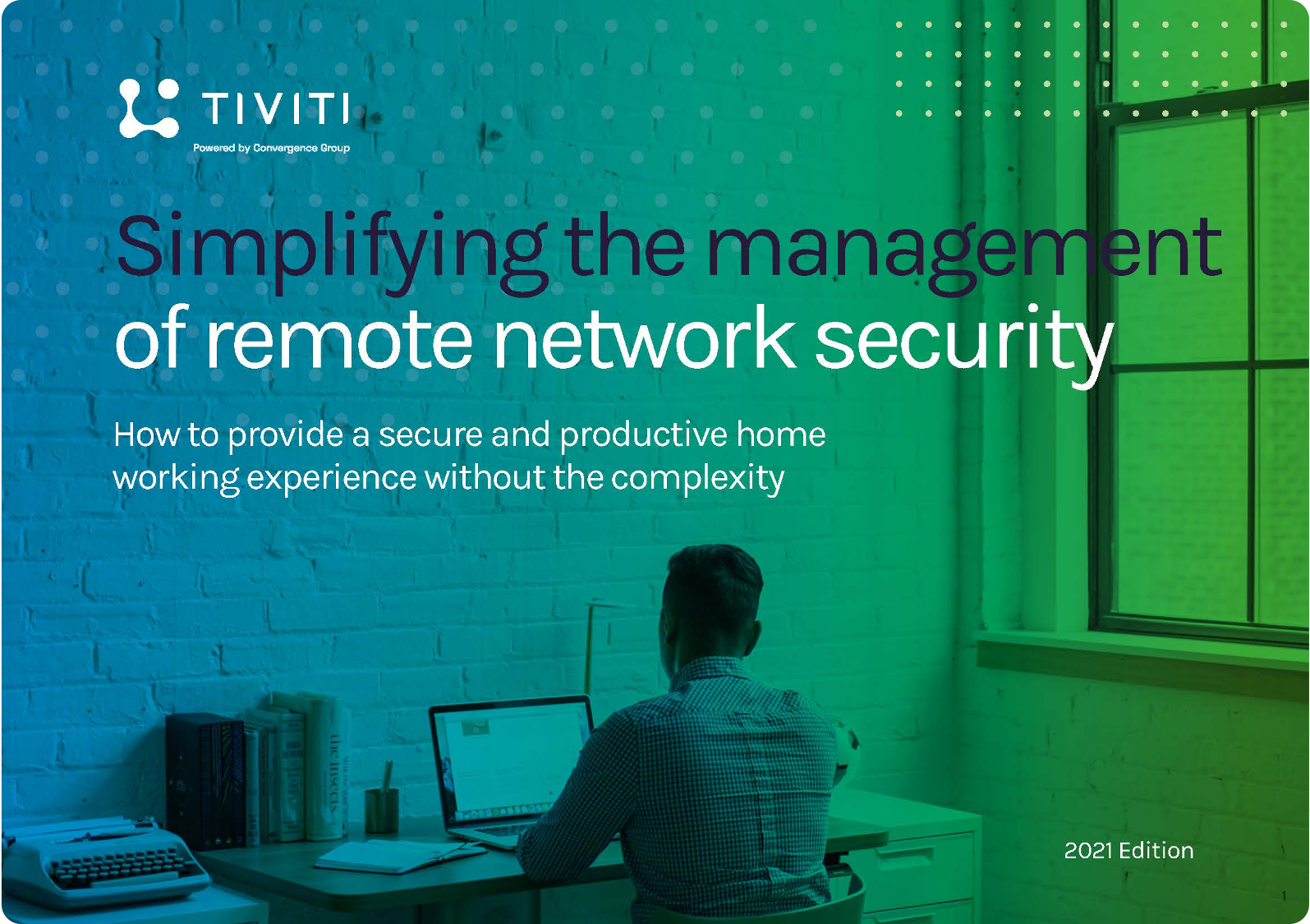Hybrid workforce: is SD-WAN still relevant for UK businesses?
A fundamental change in the way that businesses operate means a rethink around networking and connectivity is essential. But is SD-WAN the catch-all solution that many hype it up to be?
Find out how much you can save with Tiviti - click here to request a full quote.
Watch our latest webinar on 'unlocking social housing IT resource to focus on tenant value!'
Between January 2019 and March 2020, there were between 130 to 178 domestic and cross-border mergers and acquisitions (M&As) by UK companies each month. These are major undertakings for any organisation, but they are full of promise if conducted correctly.
Typically, the focus of the integration is around people and process, but the technology aspects must not be overlooked. And corporate networks are a major component.
The end goal of the enlarged organisation is normally to integrate the existing networks, so that all previous systems and data can work and communicate with each other easily. Making this happen can be complex: data must be integrated and/or migrated securely, access control must be properly defined and users must be securely administered.
This post outlines the key obstacles during an M&A network integration, the solutions to those challenges, as well as how to get the help and support you need along the way.
Although there are a range of different complexities in the network integration process, along with varying requirements unique to each organisation, there are four common challenges that apply in most cases:
1) Systems integration: each business involved in an M&A integration will have its own legacy systems in place, and there is no guarantee that these systems will be compatible. This extends beyond the applications that the respective workforces use every day. Hardware, infrastructure have to be taken into account, too.
2) Integrating data: just as systems need to be evaluated, so too does data, in terms of volume, formats and sensitivity. The project team overseeing the network integration must have visibility of all data and be sure that there are no confusing overlaps; failing to do so can easily lead to data breaches that can affect the entire merged system.
3) Understanding infrastructures: a successful network integration team will have a full knowledge of all the IT infrastructures and devices involved, so that they can complete the process smoothly and quickly. Without establishing this at the start, unexpected delays and problems can crop up, generating significant extra time and excessive costs.
4) Security: all of the points above come with their own security implications that can make the process especially complex and hazardous. Research from Forescout found that more than half of those polled encountered security incidents during the M&A process so big that they jeopardised the entire deal. With a greater threat surface, bigger networks that come with larger mergers and acquisitions are at particular risk.
In this guide, we explore how organisations can ensure their networks are secure for remote working employees.

In order to steer past these pitfalls with confidence, there are three considerations that network integration teams (and their management) should bear in mind:
When a merger or acquisition is confirmed, the hard work from an IT perspective has only just begun. There are many challenges to negotiate on the way, but none are insurmountable, especially when using an expert service provider to take the burden of the toughest tasks away from internal IT teams.
With the right planning, a sufficient amount of time and relevant third-party advice, network integrations can support the long-term needs of the wider business group.
Tiviti delivers fast, reliable and secure business connectivity, and removes the hassle of managing underlying network infrastructure. Learn how we can support you through a network integration through our Connectivity-as-a-Service solution here.
A fundamental change in the way that businesses operate means a rethink around networking and connectivity is essential. But is SD-WAN the catch-all solution that many hype it up to be?
All over the world, businesses are exploring ways in which they can move their IT into the cloud. This trend has gathered pace to the point that, according to Forbes, as much as 80% of enterprise IT will be in the cloud by 2025.
More and more organisations of all sizes, across all industries, are looking for greater control over their IT landscapes, especially in terms of how they consume and how they pay for technology. For a number of years now, the trend towards service-based delivery models for technology applications and infrastructure has been growing exponentially.
Tiviti can dramatically reduce the cost of network ownership. Just add your number of users, buildings and floors into our CaaS Calculator to see a typical monthly bill.